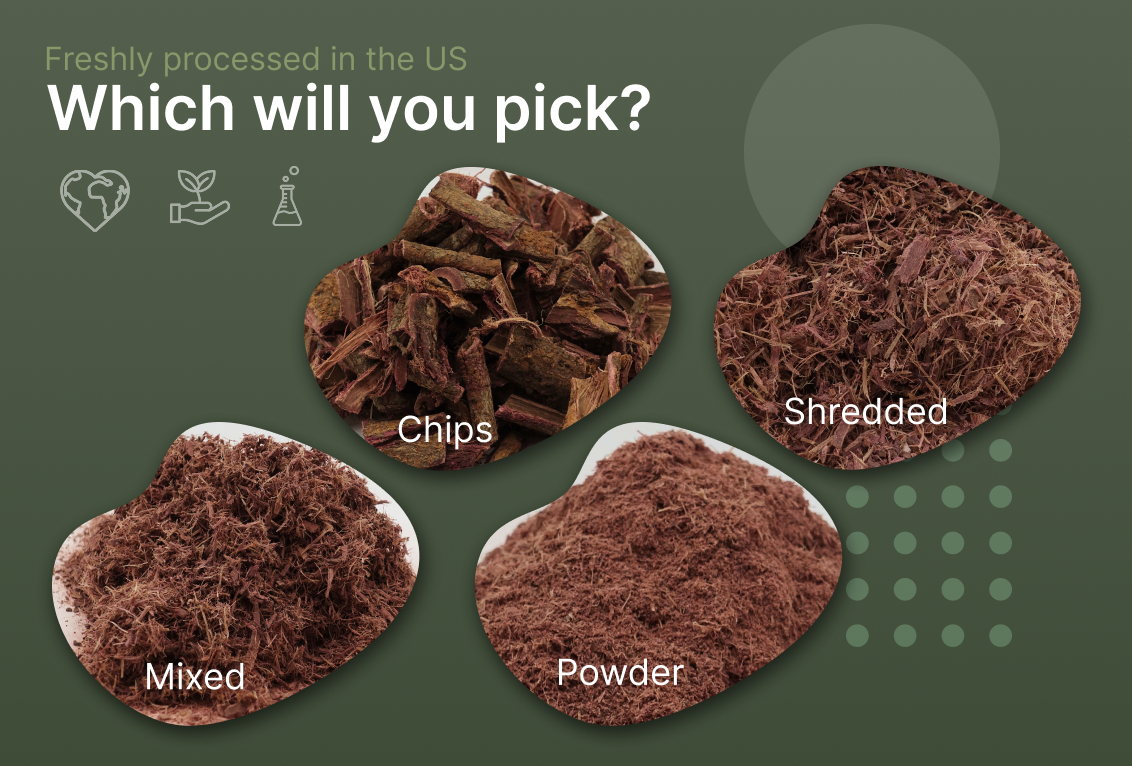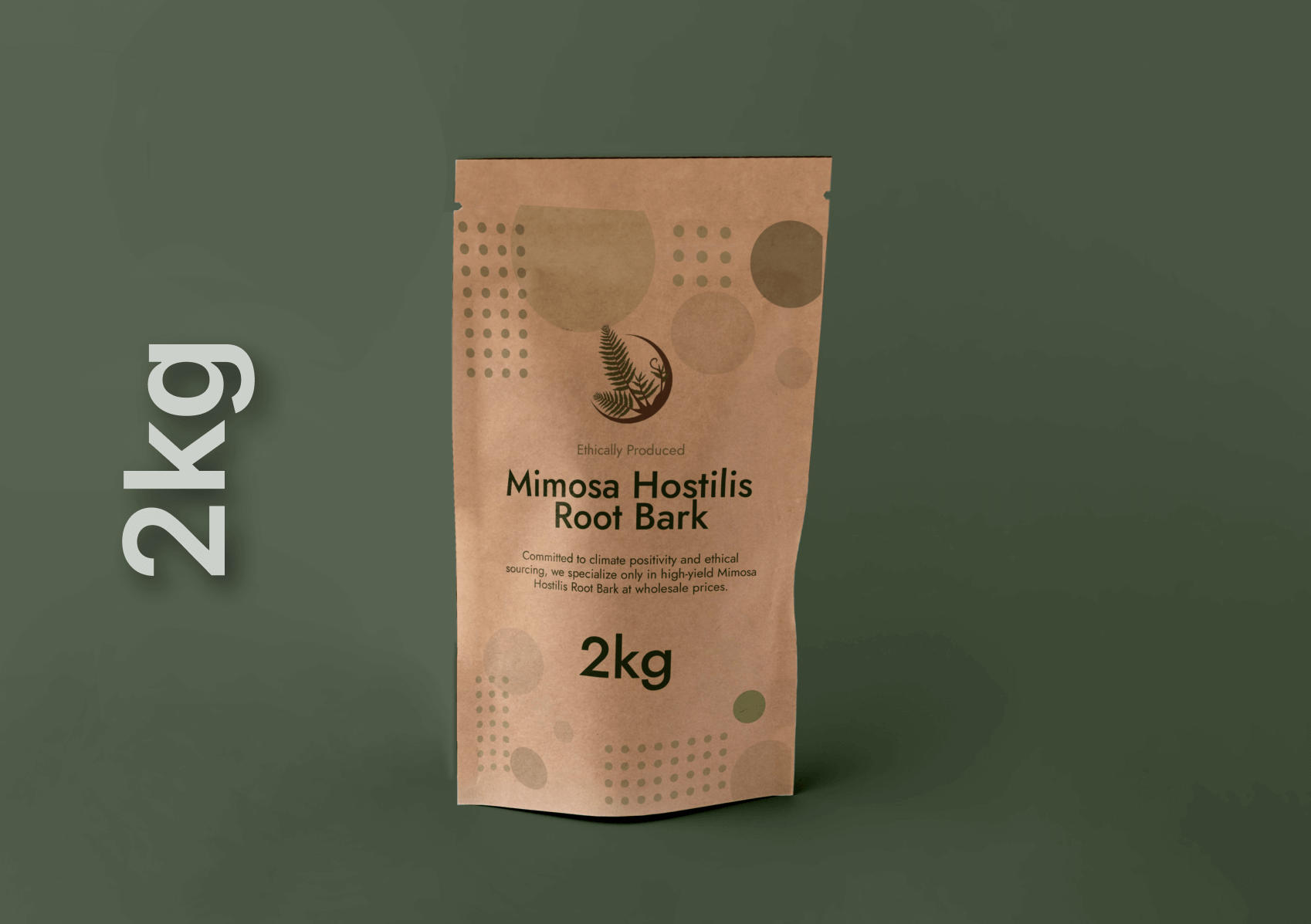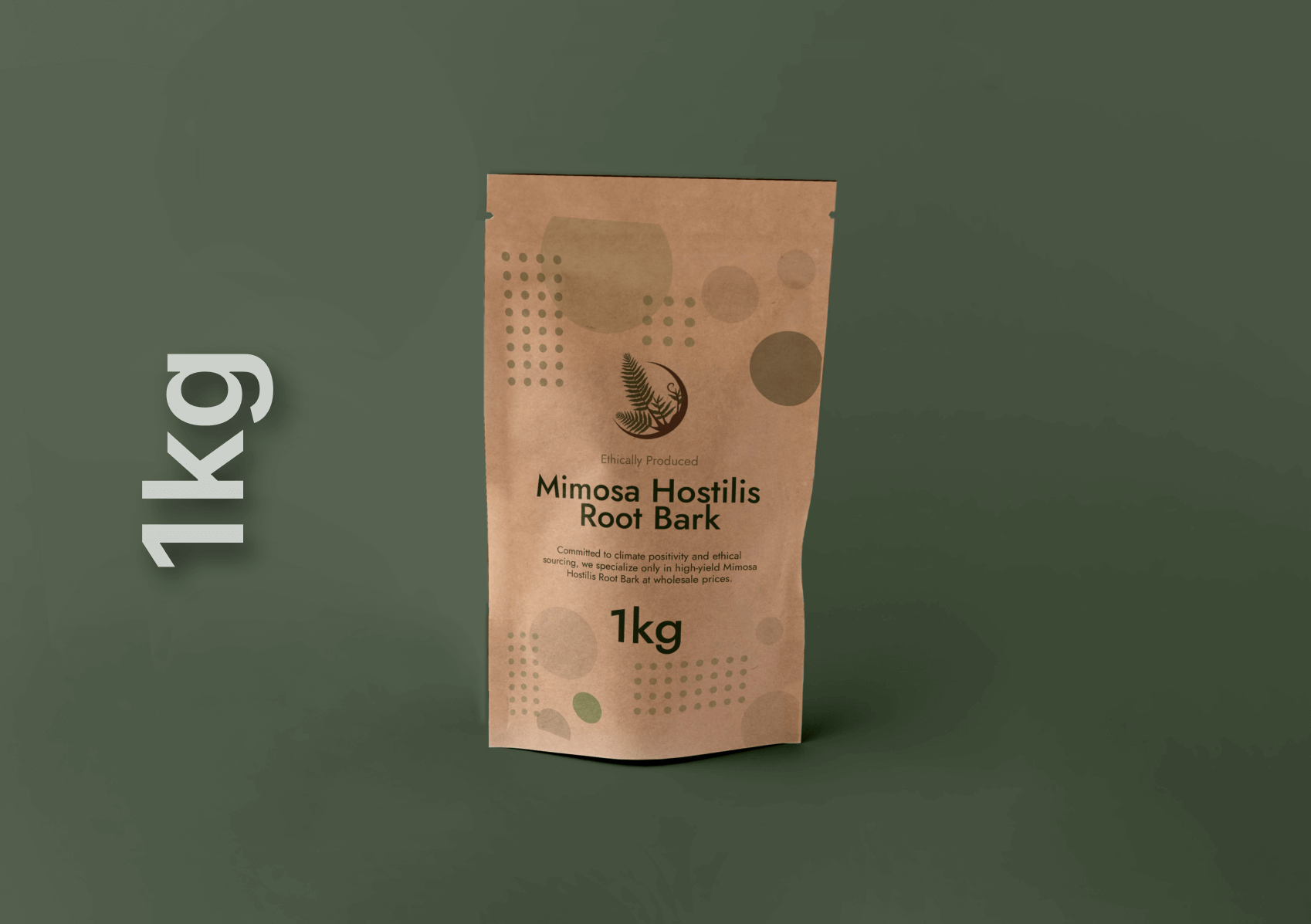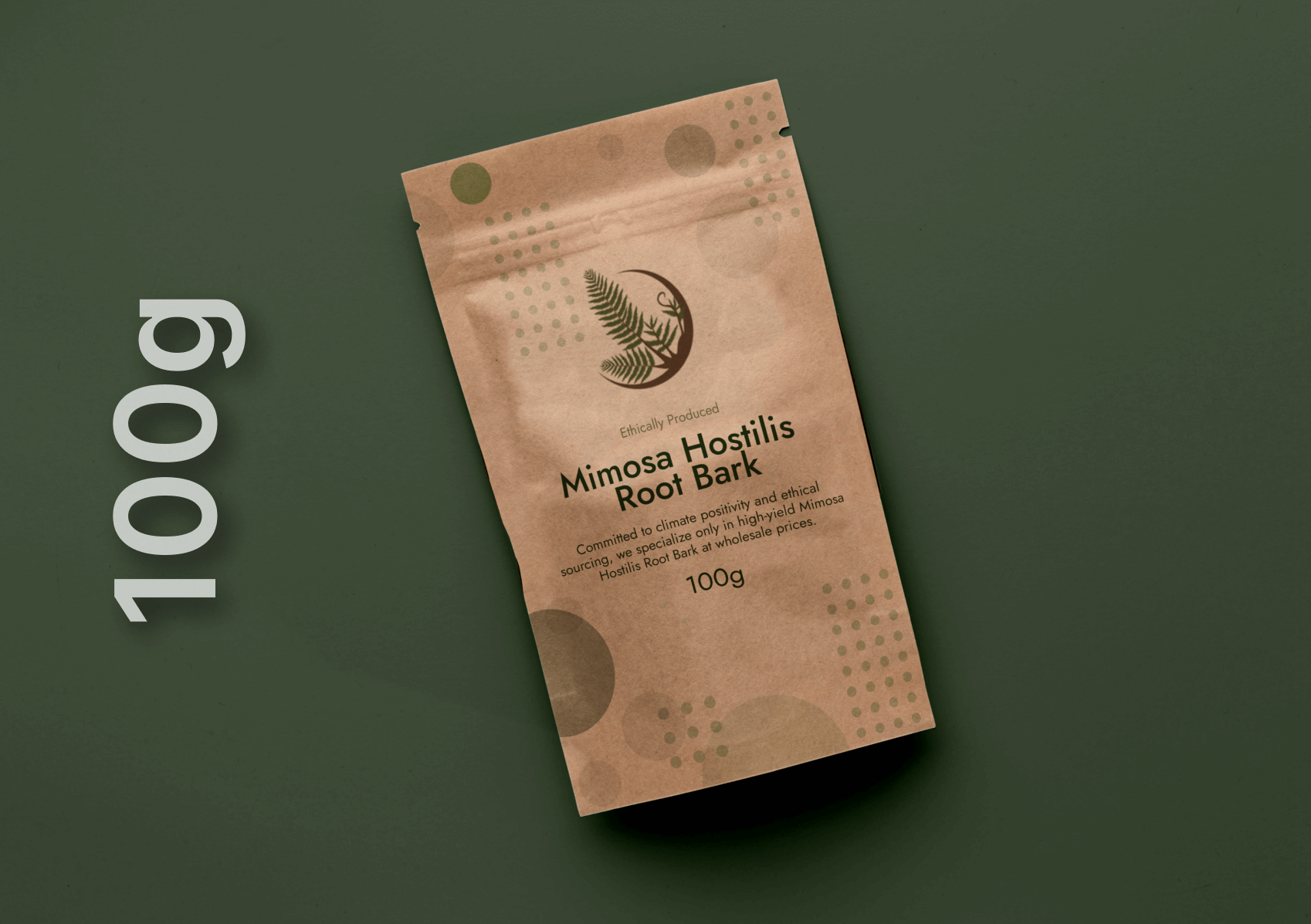Understanding Tepezcohuite: The Basics
What is Tepezcohuite?
Tepezcohuite is the traditional Mexican name for the inner bark of Mimosa hostilis (Mimosa tenuiflora), a small tree native to northeastern Mexico and parts of Central America. The name translates to “tree skin” in Nahuatl, reflecting its long-standing reputation as a powerful healing agent for skin conditions. This natural remedy has been used by indigenous communities for centuries to treat wounds, burns, and various skin ailments.
The bark contains a rich concentration of bioactive compounds including tannins, flavonoids, saponins, and alkaloids. These chemical constituents work together to provide the skin-healing properties that have made Tepezcohuite famous in both traditional medicine and modern cosmetics.
Historical and Cultural Context
Indigenous Mexican communities have utilized Tepezcohuite for over a thousand years. The bark was traditionally prepared as poultices, teas, and topical applications for treating burns, cuts, and skin infections. Spanish colonial records from the 16th century document its widespread use among native populations.
The modern rediscovery of Tepezcohuite began in the 1980s following tragic industrial accidents in Mexico and San Salvador. Emergency medical teams reportedly used Tepezcohuite-based preparations to treat burn victims when conventional treatments were unavailable, leading to renewed scientific interest in this traditional remedy.
Scientific Research Foundation
Scientific investigation into Tepezcohuite’s properties began in earnest during the late 20th century. Research has focused on its antimicrobial, anti-inflammatory, and wound-healing properties. Studies have identified several key compounds responsible for these effects, including tannins that provide astringent properties and flavonoids that offer antioxidant protection.
Laboratory analyses have confirmed the presence of compounds that stimulate collagen synthesis and promote cellular regeneration. However, the complete mechanism of action remains an active area of research, with scientists continuing to investigate how different constituents work together to produce therapeutic effects.
Market Presence and Regulation
Today, Tepezcohuite appears in numerous skincare products worldwide, from high-end cosmetic formulations to artisanal soaps. The global market for botanical skincare ingredients has grown significantly, with natural extracts like Tepezcohuite gaining popularity among consumers seeking alternatives to synthetic ingredients.
Regulatory status varies by region. In Mexico, Tepezcohuite is widely accepted as a traditional medicine. In the United States, it falls under cosmetic ingredient regulations when used in skincare products. European markets have varying acceptance levels, with some countries requiring additional safety documentation.

The Current Landscape of Tepezcohuite in Skincare
Commercial Applications
Modern skincare manufacturers incorporate Tepezcohuite into various product categories including anti-aging creams, acne treatments, wound healing balms, and general moisturizers. The ingredient appears in both mass-market and premium formulations, often marketed for its regenerative and healing properties.
Product forms range from pure Tepezcohuite powder for DIY applications to sophisticated cosmetic formulations where the extract is combined with other active ingredients. Concentration levels typically range from 1% to 10% in finished products, depending on the intended use and formulation requirements.
Supply Chain Considerations
The supply chain for Tepezcohuite involves harvesting from wild and cultivated Mimosa hostilis trees primarily in Mexico. Sustainable harvesting practices are essential since bark collection can impact tree health. Responsible suppliers implement rotation systems and selective harvesting to ensure long-term availability.
Quality varies significantly between suppliers. Factors affecting quality include harvesting methods, processing techniques, storage conditions, and adulteration with other plant materials. Reputable suppliers provide certificates of analysis and maintain traceability from harvest to final product.
Consumer Awareness and Education
Consumer understanding of Tepezcohuite varies widely. Many buyers are attracted by marketing claims about “ancient healing secrets” but lack knowledge about proper usage, realistic expectations, or potential risks. This knowledge gap creates opportunities for both education and misinformation.
Social media and online forums have become primary sources of information about Tepezcohuite, but the quality and accuracy of this information is inconsistent. Professional guidance from dermatologists, herbalists, or qualified skincare professionals remains important for safe and effective use.
Examining Tepezcohuite: Scientific Evidence and Claims
Documented Scientific Research
Peer-reviewed research on Tepezcohuite has grown substantially since the 1990s. Studies have examined its antimicrobial activity against various bacteria and fungi commonly associated with skin infections. Research published in pharmaceutical journals demonstrates activity against Staphylococcus aureus, Escherichia coli, and several Candida species.
Wound healing studies using animal models have shown promising results. Research indicates that Tepezcohuite extracts can accelerate wound closure, reduce inflammation, and improve tissue regeneration compared to control treatments. However, most studies have been conducted in laboratory settings or with animal subjects.
Anti-inflammatory research has identified specific compounds in Tepezcohuite that inhibit inflammatory mediators. These findings support traditional uses for treating inflamed or irritated skin conditions. Studies show reduced production of pro-inflammatory cytokines when cells are treated with Tepezcohuite extracts.
Clinical Evidence in Humans
Human clinical trials for Tepezcohuite are limited but growing. A few small-scale studies have examined its effects on various skin conditions including acne, minor wounds, and aging-related skin changes. Results have been generally positive but limited by small sample sizes and study design limitations.
One notable clinical study examined Tepezcohuite cream for treating minor burns and found faster healing times compared to standard treatments. Another study investigated its use for acne treatment, showing modest improvements in inflammatory lesions after 8 weeks of use.
Dermatological patch testing has been conducted to assess allergic reaction potential. Results indicate that Tepezcohuite has a relatively low incidence of contact sensitization, though individual reactions can occur. Professional dermatological supervision is recommended for people with sensitive skin or known plant allergies.
Analyzing Popular Claims
Many commercial products make bold claims about Tepezcohuite’s skin benefits. Common assertions include “miraculous healing,” “fountain of youth,” and “instant skin regeneration.” These claims often exceed what current scientific evidence supports and may mislead consumers about realistic expectations.
The claim that Tepezcohuite can “regenerate skin cells overnight” is not supported by scientific evidence. While the ingredient may support natural healing processes, cell regeneration occurs over weeks to months, not hours or days. Collagen synthesis and tissue repair are gradual biological processes that cannot be dramatically accelerated.
Anti-aging claims require careful examination. While Tepezcohuite contains antioxidants that may help protect against free radical damage, there is limited evidence for significant anti-aging effects. Some studies suggest modest improvements in skin texture and appearance, but dramatic age-reversing effects are not scientifically substantiated.
Understanding Active Compounds
Tepezcohuite’s therapeutic effects come from multiple bioactive compounds working together. Tannins provide astringent properties that can help tighten and tone skin. These compounds also have antimicrobial effects that may help prevent secondary infections in damaged skin.
Flavonoids contribute antioxidant activity, helping to protect skin cells from oxidative stress. Specific flavonoids identified in Tepezcohuite include quercetin, kaempferol, and various glycosides. These compounds may help reduce inflammation and support skin barrier function.
Saponins provide natural surfactant properties and may enhance the penetration of other active compounds. Some saponins also have anti-inflammatory effects. The alkaloid content, while present in smaller quantities, may contribute to antimicrobial activity.
Limitations of Current Research
Despite growing interest, Tepezcohuite research faces several limitations. Many studies have been conducted using animal models or cell cultures, which may not accurately predict human responses. The transition from laboratory findings to real-world applications requires careful validation.
Standardization challenges affect research quality. Different studies use varying extraction methods, concentrations, and preparation techniques, making it difficult to compare results across studies. The lack of standardized extracts also affects product consistency in commercial applications.
Long-term safety data is limited. While traditional use suggests general safety, comprehensive toxicology studies and long-term human trials are needed to fully understand potential risks, especially with prolonged use or higher concentrations.
Practical Applications and User Experiences
User experiences with Tepezcohuite vary widely based on individual skin types, product quality, application methods, and expectations. Many users report positive experiences with minor wound healing, reduced inflammation, and improved skin texture. However, results are generally modest and develop gradually over weeks or months.
Professional skincare practitioners report best results when Tepezcohuite is used as part of a comprehensive skincare routine rather than as a standalone treatment. Combination with proper cleansing, moisturizing, and sun protection appears to enhance outcomes.
Common application methods include direct powder application to wounds, incorporation into carrier oils or creams, and use in face masks or poultices. Concentration and frequency of use should be adjusted based on individual tolerance and skin sensitivity.
Safety Considerations and Contraindications
While generally considered safe for topical use, Tepezcohuite can cause adverse reactions in some individuals. Allergic contact dermatitis has been reported, particularly in people with sensitivities to plants in the Fabaceae family. Patch testing is recommended before extensive use.
Pregnancy and breastfeeding safety data is limited. While topical use is generally considered low-risk, pregnant and nursing women should consult healthcare providers before using Tepezcohuite products. Internal consumption is not recommended during pregnancy.
Drug interactions are theoretically possible but poorly documented. People taking anticoagulant medications should exercise caution, as tannins in Tepezcohuite might affect blood clotting. Professional medical guidance is advisable for individuals with bleeding disorders or those taking multiple medications.
Quality and Sourcing Factors
Product quality significantly affects both safety and efficacy outcomes. High-quality Tepezcohuite should be sourced from verified Mimosa hostilis trees, properly processed to preserve active compounds, and tested for contaminants including heavy metals, pesticides, and microbial contamination.
Adulteration is a significant concern in the Tepezcohuite market. Some suppliers mix genuine bark with cheaper plant materials or synthetic compounds. Authentic Tepezcohuite has distinctive characteristics including specific color, texture, and chemical fingerprints that can be verified through laboratory analysis.
Storage conditions affect product stability and potency. Tepezcohuite should be stored in cool, dry conditions away from direct light. Properly stored material maintains potency for 2-3 years, while poor storage can lead to degradation of active compounds and potential contamination.
Comparing Tepezcohuite to Other Natural Skincare Ingredients
Tepezcohuite shares some properties with other botanical skincare ingredients but has unique characteristics. Compared to aloe vera, Tepezcohuite has stronger astringent properties and different antimicrobial activity. Both ingredients support wound healing, but through different mechanisms.
Compared to calendula, another traditional wound-healing herb, Tepezcohuite has higher tannin content and different anti-inflammatory compounds. Calendula may be gentler for sensitive skin, while Tepezcohuite might be more effective for certain types of skin damage.
Tea tree oil provides stronger antimicrobial activity but lacks the tissue-regenerating properties attributed to Tepezcohuite. The two ingredients can be complementary in formulations targeting acne or infected skin conditions.
Future Research Directions
Future research should focus on larger, well-designed human clinical trials to better establish efficacy and optimal usage parameters. Studies comparing different extraction methods and standardized preparations would help improve product consistency and predictability.
Investigation of synergistic effects with other skincare ingredients could lead to more effective formulations. Research into optimal concentration ranges, application frequencies, and combination therapies would provide valuable guidance for both manufacturers and users.
Long-term safety studies and comprehensive toxicology data would strengthen the evidence base for regulatory approval in various markets. Environmental impact studies of large-scale harvesting would support sustainable sourcing initiatives.
Conclusion
Tepezcohuite represents a fascinating example of traditional botanical medicine meeting modern skincare science. While scientific research supports some traditional uses, particularly for wound healing and antimicrobial activity, many commercial claims exceed current evidence. The ingredient shows genuine promise for certain skin conditions, but realistic expectations are important.
Quality sourcing and proper preparation are crucial for both safety and efficacy. Users should seek reputable suppliers, start with lower concentrations, and consider professional guidance for serious skin conditions. As research continues, our understanding of Tepezcohuite’s optimal applications will likely improve, potentially validating some traditional uses while clarifying limitations. The key is separating documented benefits from marketing hyperbole, allowing consumers to make informed decisions about incorporating this traditional remedy into their skincare routines.
Frequently Asked Questions
What is Tepezcohuite and is it the same as Mimosa Hostilis?
Does Tepezcohuite really help heal skin wounds and burns?
Can Tepezcohuite cure acne and other skin problems?
Is it safe to use Tepezcohuite on sensitive skin?
What’s the difference between authentic Tepezcohuite and fake products?




